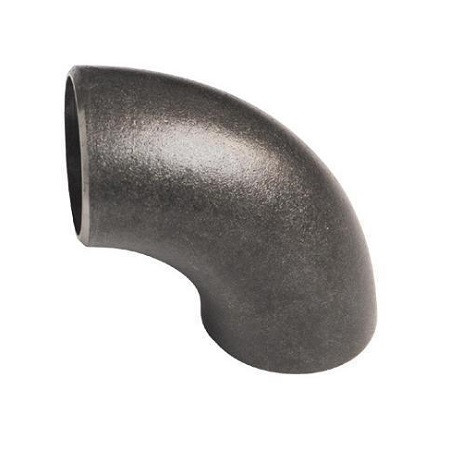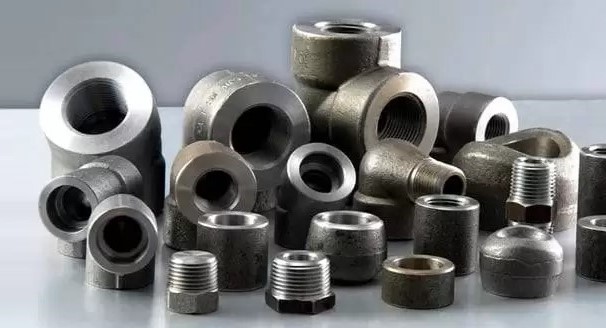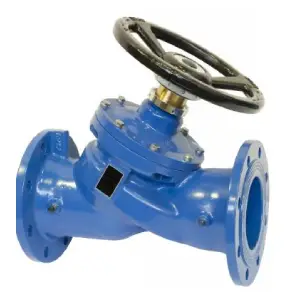Offcanvas top

Best Practices for Threadolet Fitting’s Installation
Installing threadolet fittings efficiently is vital for making sure the integrity and performance of your piping system. These fittings play a crucial function in branching off from a main pipeline to accommodate extra strains, valves, or units.
Proper installation prevents leaks and failures but additionally contributes to the sturdiness of your machine. To help you attain the finest results, there are a few practices to comply with when putting in threaded fittings.
Thorough Inspection:
Before starting the installation process, cautiously inspect the threadolet fitting and the surrounding region. Check for any defects, damage, or debris that might compromise the fitting’s performance. Ensure that the threads are smooth and unfastened from burrs or imperfections that could preclude the sealing system.
Select the Right Fitting:
Choosing the ideal threadolet fitting on your utility is important. Consider factors along with the size, material, and pressure rating to ensure compatibility together with your piping system. Using the incorrect fitting can cause leaks, pressure drops, or even system failure.
Prepare the Pipe:
Properly put together the pipe in which the threadolet fitting can be mounted. Clean the surface to get rid of any dust, grease, or corrosion that could intervene with the sealing procedure. Be sure to deburr the pipe and chamfer the edges to prevent harm to the fitting at some point of set up.
Use Proper Tools:
Utilize appropriate tools and equipment for installing threadolet fittings. This includes wrenches, pipe thread sealant, and lubricants as essential. Avoid using excessive pressure when tightening to avoid harm to the threads or the pipe.
Apply Thread Sealant:
Apply the best thread sealant to the threads of the pipe and the fitting before set up. This facilitates a dependable seal and forestalls leaks. Be certain to observe the manufacturer’s suggestions for the type and application of the sealant.
Align the Fitting:
Ensure proper alignment of the threadolet fitting with the pipe before tightening. Misalignment can result in leaks or pressure on the fitting, compromising its integrity. Use shims or modifications as needed to gain the ideal alignment.
Proper Torque:
Tighten the threadolet fitting to the recommended torque specs. Over-tightening can be the reason for damage to the fitting or the pipe, while under-tightening may additionally result in leaks. Use a torque wrench to achieve the correct torque and avoid guesswork.
Inspect for Leaks:
After installation, thoroughly inspect the threadolet fittings and the surrounding area for any signs and symptoms of leaks. Conduct a pressure check if necessary to ensure the integrity of the setup. Address any leaks or issues right now to prevent further damage or downtime.
Following the above-mentioned practices will help make a successful installation of threadolet fittings in your piping system. By taking the time to correctly check out, put together, and install the fittings, you can enhance the reliability and efficiency of your system while minimizing the chance of leaks or failures. Remember to prioritize safety and attention to detail during the installation procedure to obtain high-quality results.




